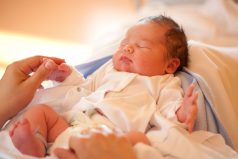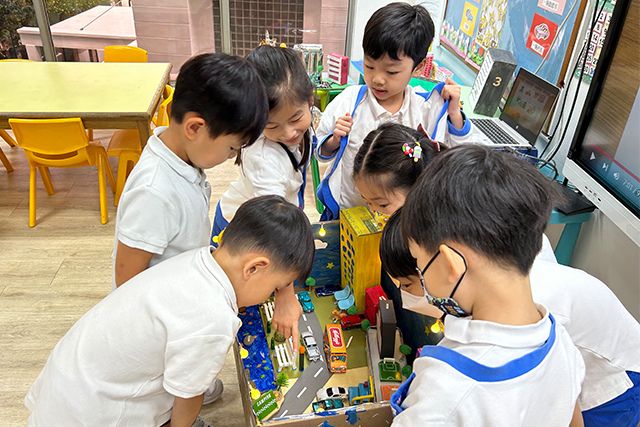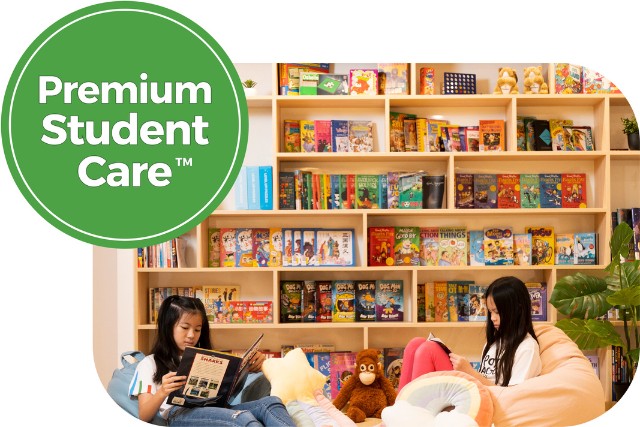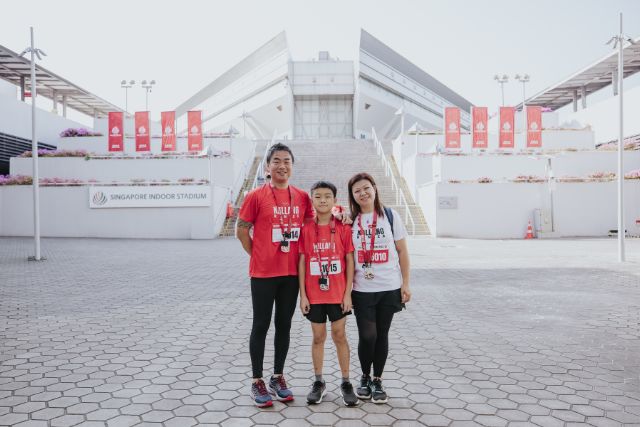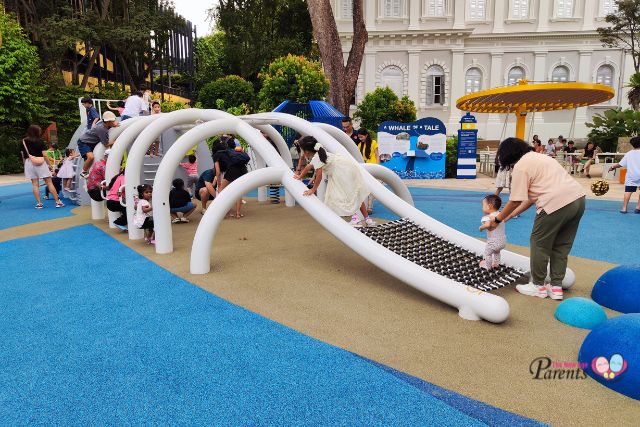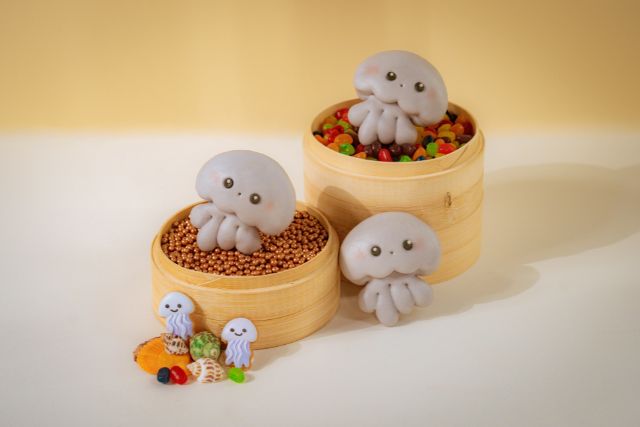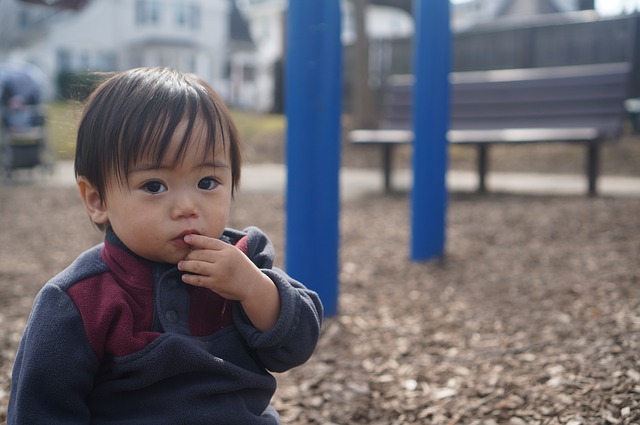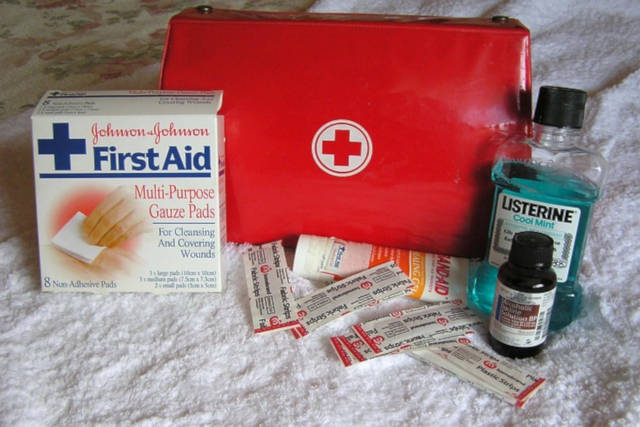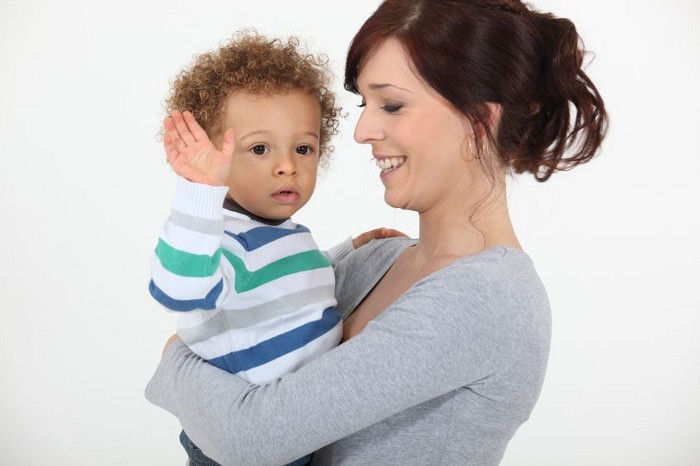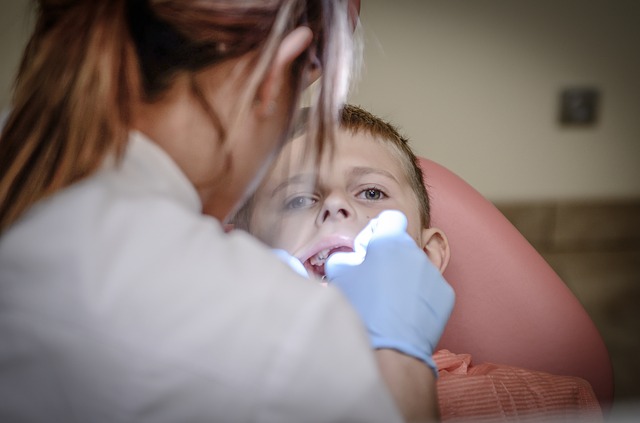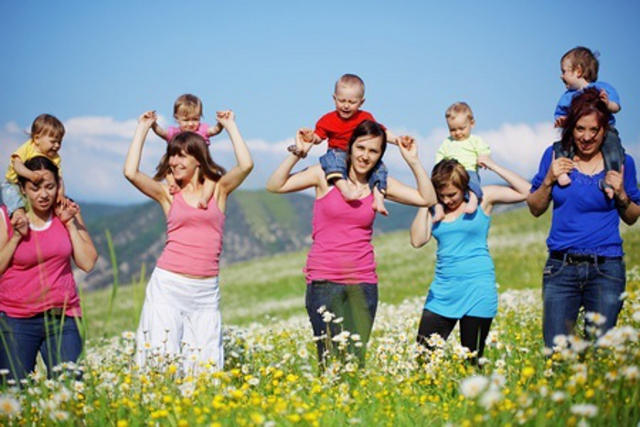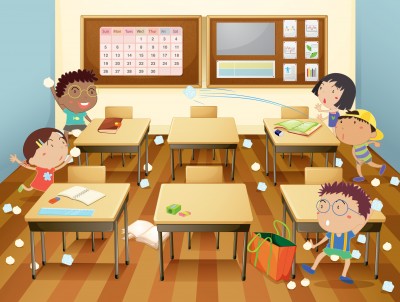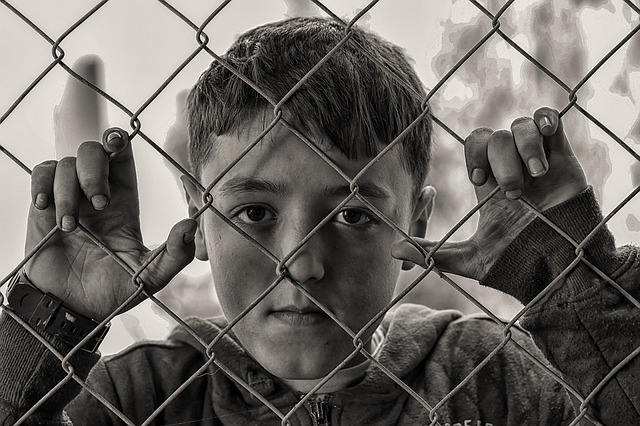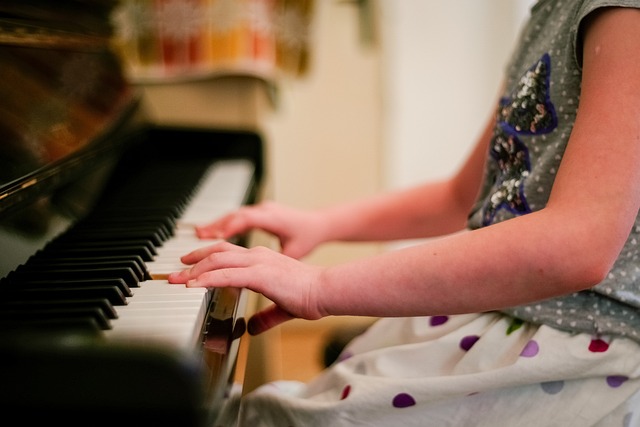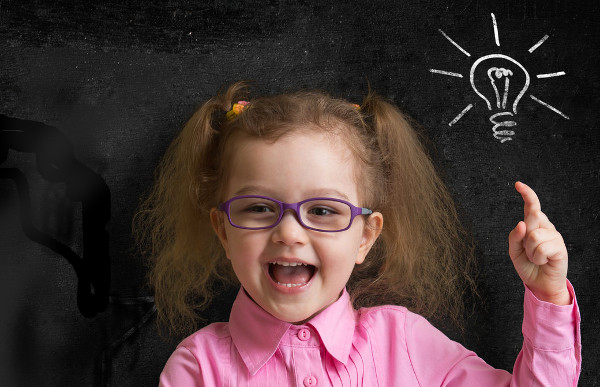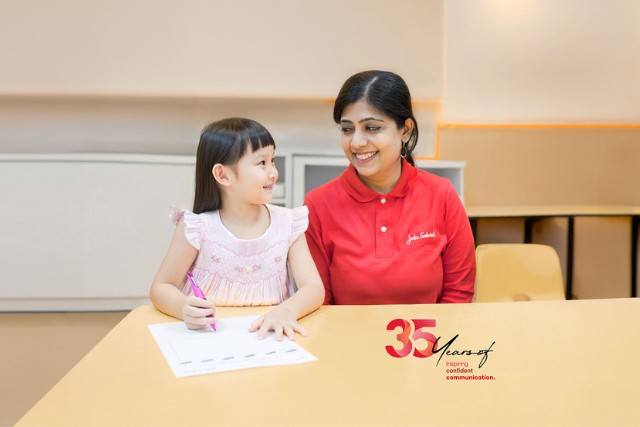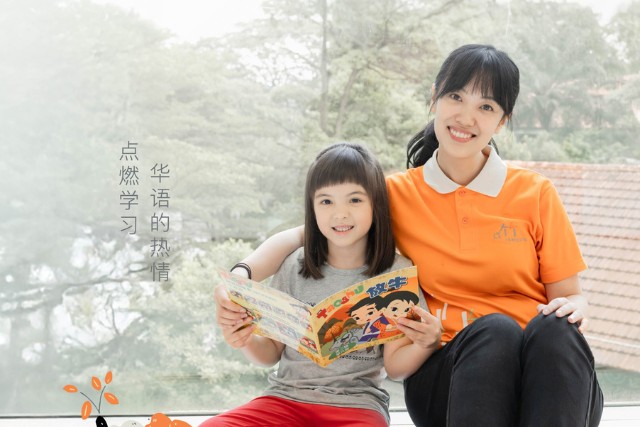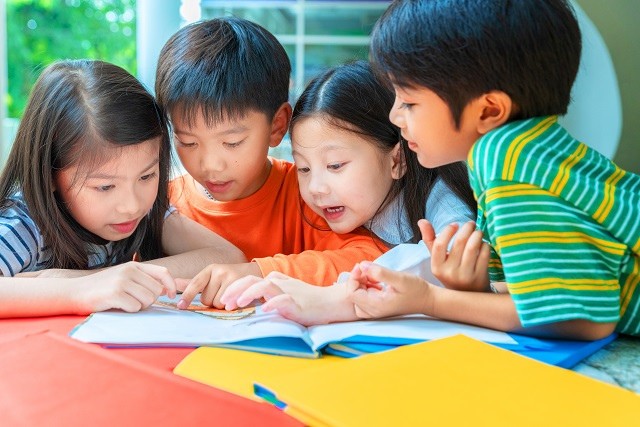Children grow up fast and outgrow most of their shoes quite quickly, so it’s essential for mummies to go shoe shopping for those fast-growing feet. But what should mothers look out for when choosing shoes for their children? Is it the same as choosing shoes for adults?
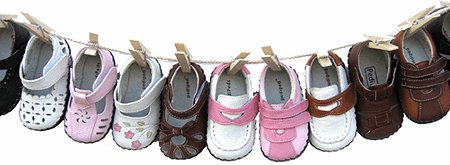
What to look out for when choosing shoes for your children
- The two most important things to note are comfort and fit. Shoes must be comfortable from the start and without a breaking-in period. If a shoe is uncomfortable for the child, do not expect it to become more comfortable after wearing for a period of time. It might be a sign that the pair of shoes is either poorly made or not the right fit for your child’s feet.
- Shoes also need to fit as well as possible. This means that there is enough wiggle room for toes in the shoes. Getting a pair of shoes that are slightly bigger is fine, as long as the heel does not slip as your child is walking. A shoe that’s too big will cause children to fall when walking in them.
Impacts of wearing the wrong fit
A lot of life-long foot problems can occur if your child wears the wrong shoes. Not only does it cause unnecessary pain and discomfort during use, but it can also result in foot ailments and deformities such as gnarled toes, spurs, sprained ankles, bunions and calluses, and even neuromas (which is the swelling of nerves).
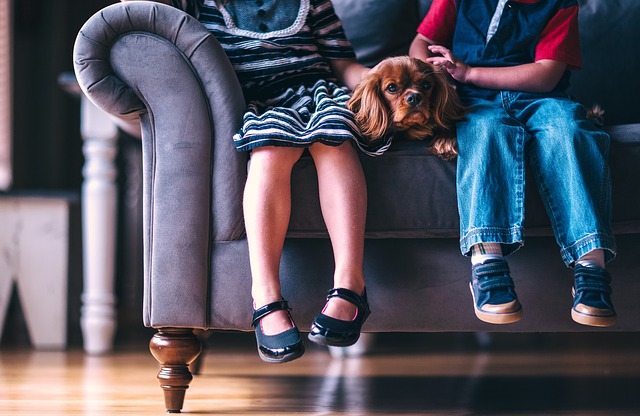
A common ailment that plagues most people is gnarled toes caused by wearing ill-fitting shoes. In more serious cases, balance is affected and pain is experienced when walking long distance, as the toes are not as strong as they should be.
Bad footwear can also cause hygiene problems like fungal infections, athlete’s foot and excessive perspiration. Many foot deformities are caused before the age of 4 years old, when the bones in the feet are the softest. Pressures from shoes can deform children’s feet without them feeling the slightest pain.
⇒ Related Read: Clubfoot In Babies And Children
What is an ideal pair of shoes for children?
An ideal pair should combine the following qualities: comfort, flexibility and durability. All of these qualities will help ensure that a child’s gait develops naturally.
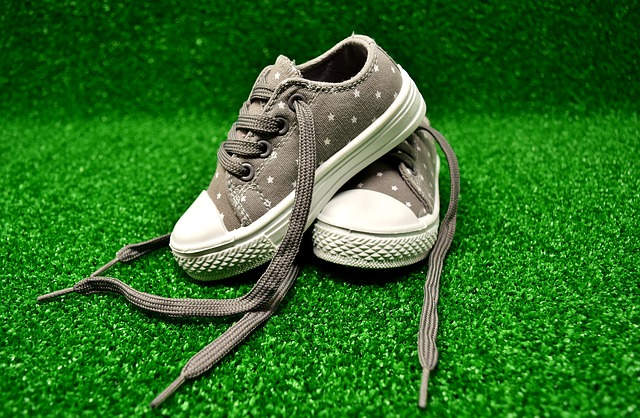
Shoes made of leather or canvas and other breathable materials are ideal because they tend to leave feet cooler and dryer, especially in warmer climes like Singapore. This helps to prevent discomfort, blisters and sweat to be trapped. More importantly, such materials mold easily to a child’s feet, allowing for a better fit. Avoid shoes made of plastic or synthetic materials. Shoes that are uncomfortable force a child to change their natural stride.
A good pair of shoes should be able to flex according to a child’s stride and bend near the toe box. A pair that is too flexible and can be twisted all around does not provide enough support for a child’s feet.
An ideal pair should be able to withstand active kids’ usage and its soles should not wear out easily. Soles should also be sturdy enough to protect the feet, but still flexible enough to bend naturally with the foot. Quality materials will ensure that the shoes last longer and can withstand heavy use. Leather shoes hold up very well, and stitching often lasts longer than glue.
Advice for parents when shoe shopping for the ideal shoes
A good pair of shoes should combine all the benefits and qualities mentioned earlier, comfort, durability and flexibility.
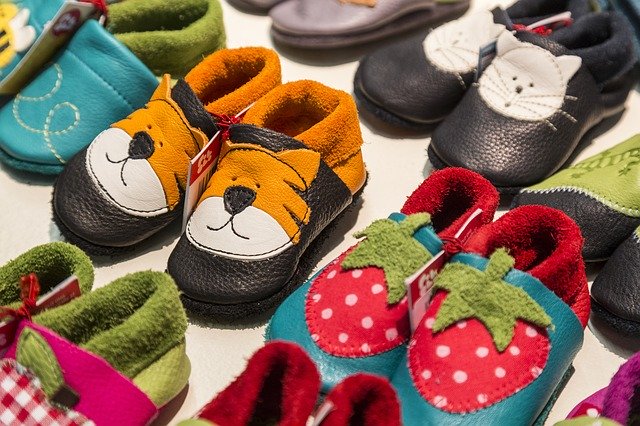
First and foremost, you should always shop for shoes with your child around. Every shoe fits differently, so it’s important that a child tries on each pair before buying it. It also helps that you understand your child’s feet. Are they wide? Do they perspire easily? What materials seem to trigger the perspiration more easily so?
Always let your child try on shoes while standing up, as this is when the length and width of the feet are spread to its fullest. Most people have feet of different sizes, so you should always buy to fit the larger foot.
When trying on a pair of shoes, ensure that there is adequate space between the end of the child’s toes and the end of the shoes. You can check by pressing your finger into the toe area, and finding where the big toe ends. The space between the big toe and the end of the shoe toe should be about three-quarters of an inch wide. Also, ensure that there is adequate space between the sides of the shoes and the sides of your child’s feet and that they are not squeezed inside the shoes.
There are four things to note when looking at the shoes’ construction:
- The sides of the heel counter should be stiff, and does not collapse easily.
- The shoe should be flexible near the toe box according to your child’s gait and should not twist in the middle.
- Insoles should also be cushioned to absorb the shocks and pressures of each stride on hard surfaces.
- Soles should be textured to prevent your child from tripping, and sturdy enough to protect from shock injury.
This article is contributed by pediped®.
* * * * *
Like what you see here? Get parenting tips and stories straight to your inbox! Join our mailing list here.
Want to be heard 👂 and seen 👀 by over 100,000 parents in Singapore? We can help! Leave your contact here and we’ll be in touch.



